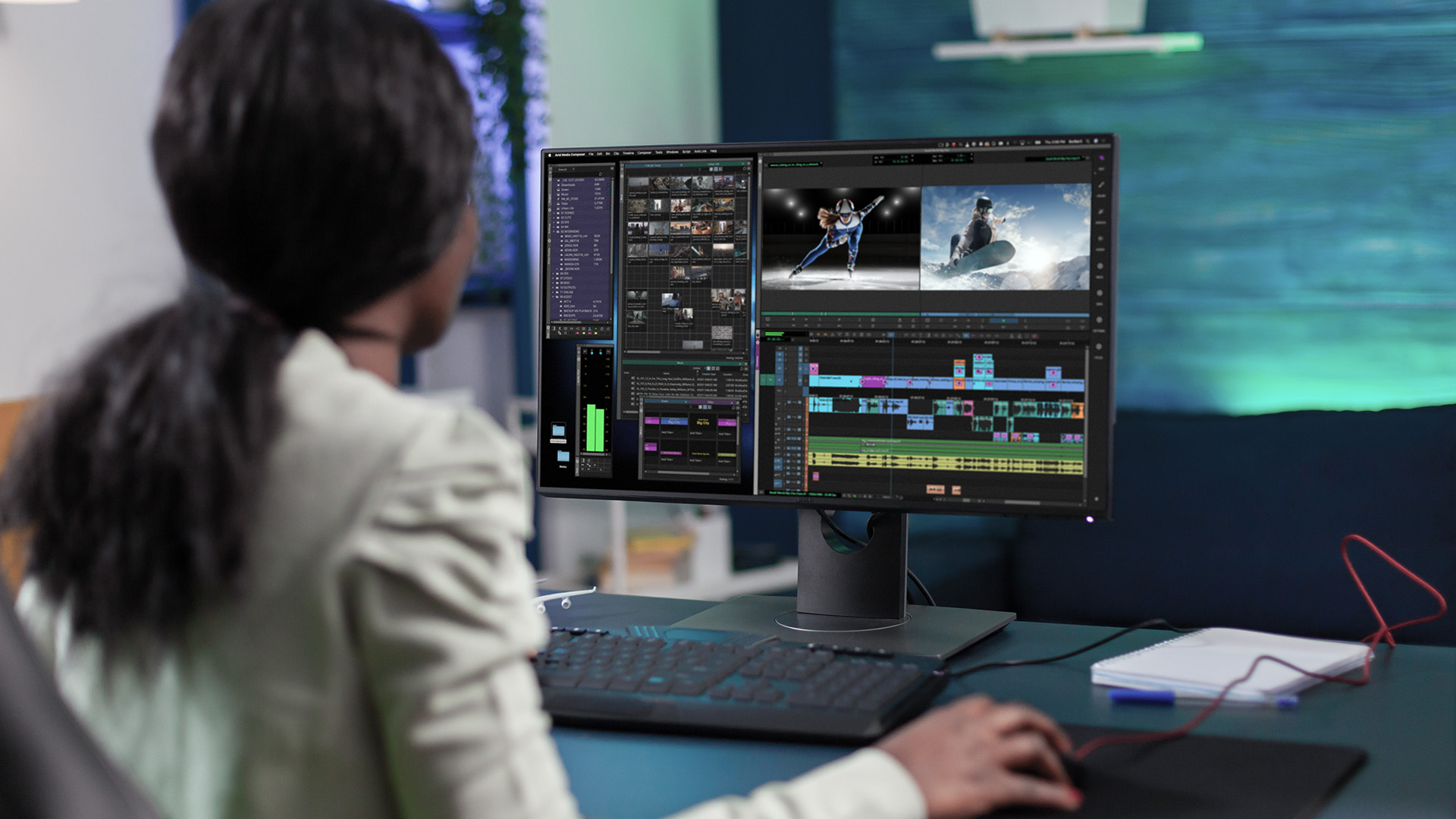Avid’s Craig Wilson Reflects on the Games of Past and Future
I attended my first games in London in 2012, but customers have been using Avid’s technology at the games in one way or another since the late ’90s.

With the 2022 games now in full swing, many aspects have evolved and changed since the event’s inception. Technology has become more advanced and with that, the way broadcasters cover the games has evolved too, as has the way in which the audience watches.

Avid’s Craig Wilson, Media and Cloud Product Evangelist, has been involved with the games—both attending and servicing—since 2012. In this article he shares his insights and expertise gained over the years while attending games around the world.
Technology through the years
I attended my first games in London in 2012, but customers have been using Avid’s technology at the games in one way or another since the late ’90s. Around that time broadcasters were shifting from a standalone, isolated system where an editor worked solo, to a much more connected ecosystem built around collaboration. As time progressed, we went from having 10, 15, maybe 20 editors, to upwards of 100 using connected shared storage systems.
This trend, coupled with the creation of more advanced newsroom production tools offering asset management, workflow integration and remote collaboration, enabled broadcasters to report breaking news online, on mobile, social media and on-air in real-time.
The ease with which content can be spread online and on social channels fixes a lot of the issues that broadcasters had in the past with content dispersion. For example, broadcasters are now able to deliver content continuously and drive traffic to their website through social media and targeted advertising.
With the transition to remote collaboration and the rise of digital, what we’re able to do now is light years ahead of where we were even a few years ago. We’ve already seen findings from Conviva that reports time spent streaming the kick-off ceremony for the games was up by 349% compared to 2018, and I expect his figure to increase even more when they end on Sunday.
Ensuring a successful broadcast
One of the most important things I’ve learned in my time working on the games is that training customers and teams on the relevant workflows is key. Planning for the games is a momentous task, and we begin prepping around seven or eight months in advance.
There are a lot of teams spread across the world designing the system that gets shipped out and built on location. The longest I was away on location was five-and-a-half weeks—around three weeks before the games started—training up to 400 people on how to use the system.
Customers tend to focus on what’s needed, like storage, editing seats, or computers, opposed to how difficult the system is. It’s not like they’ll have this system for a long length of time, so you have to show them what it can do and keep their focus.
Projects and deployments are 20% technical and 80% people. You need the team to be a well-oiled machine as you’re producing 400 or more segments a day across multiple time zones. We only get one opportunity to get it right. If it doesn’t go well, there are no other options or ways to redo it.
What’s next for broadcasters?
If the last couple of years proved anything, it’s that remote working is a success. For future games, I see more broadcasters adopting cloud-deployed systems rather than shipping and assembling a massive system on location.
There won’t be a need for people to physically be present and we won’t be limited to working with location-specific talent. Looking at the current games, the number of people on-site has been reduced to hundreds versus the thousands that have been seen in previous games.
Cloud is just more efficient—we can take feeds back to our home environment and deliver more content. We still have people on location to deliver the feeds, but the technical infrastructure no longer needs to be.
Today, broadcasters are changing the way they cover the games as it’s become a huge social event—to the point where even people who don’t consider themselves to be sports fans tune in. There’s a sense of comradery watching athletes of all ages and nationalities compete from across the globe, and for some, make history.
With that, broadcasters are trying to humanize the event more by having direct shots of athletes’ parents or showing live feeds of communities in bars or in their homes watching and cheering athletes from their hometowns. It's a very personal approach that appeals to a wider audience. This will continue to be a trend as tech gets even more advanced.
Producing an event like these games is a massive undertaking. Thanks to technology, we’re able to deliver more with less and engage with viewers like never before. By the time we kick off the next games, I expect that even my future predictions will have become outdated with the speed at which we progress.
Get the TV Tech Newsletter
The professional video industry's #1 source for news, trends and product and tech information. Sign up below.
Craig Wilson is Product Evangelist - Media and Cloud at Avid
